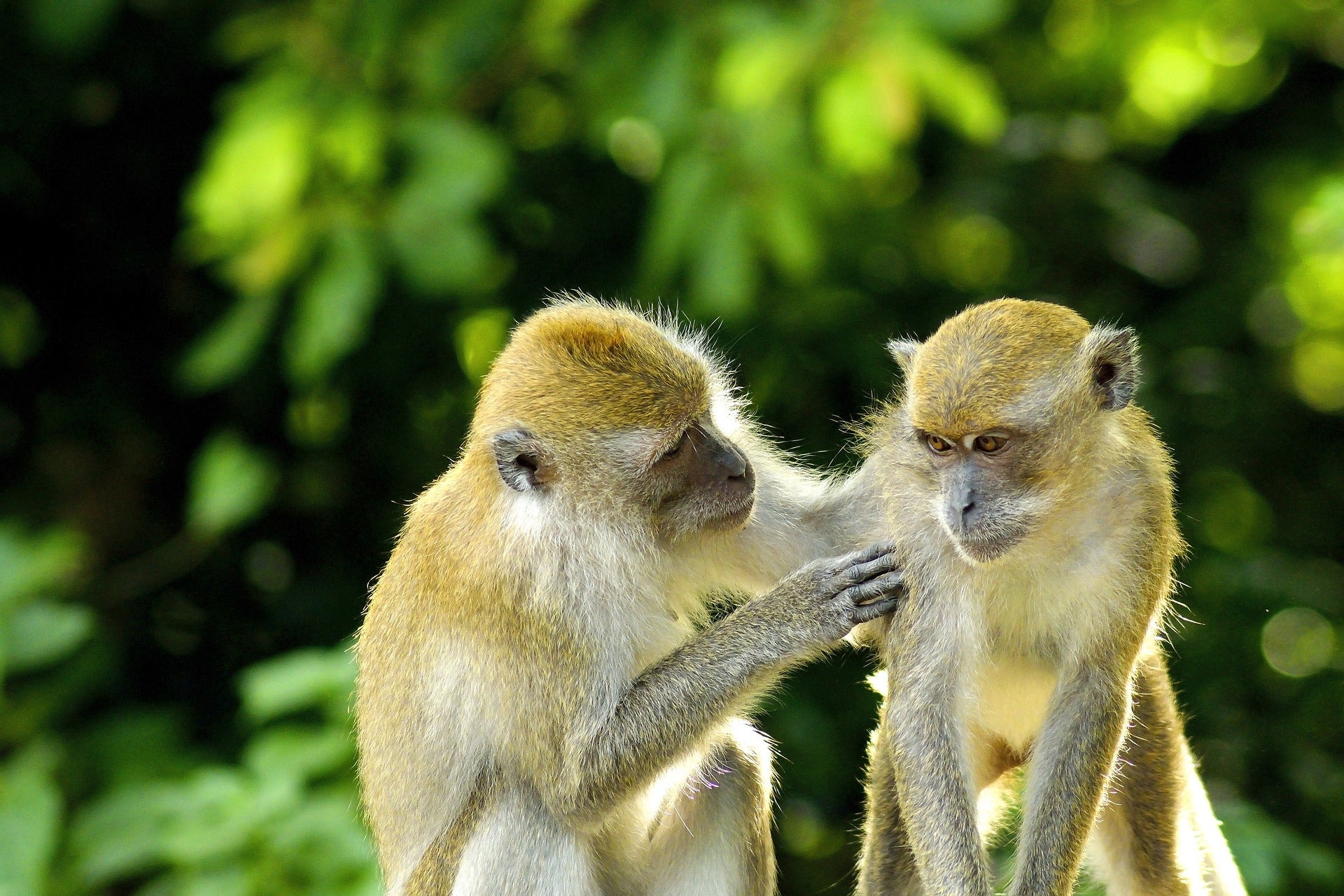AUSTIN, Texas — Male dominance has long been assumed to be nearly universal in primates, with female power viewed as a rare exception to the rule. But according to researchers at The University of Texas at Austin, female-biased power structures or social equality between the sexes can be found within every major primate group and probably existed throughout evolutionary history.
The study, published in the journal Animals, challenges presumptions of male dominance in primates and may also have implications for other animal species.
The team reviewed previous literature on 79 primate species, dividing them into male-dominant, female-dominant or co-dominant categories, and then analyzed which variables correlated with these social patterns. They found that male-biased power was likely to develop in species in which males had larger body size and longer canine teeth than their female counterparts. Female power may emerge when the supply of available female mating partners is lower than male demand, thus giving the females in those species greater social leverage, particularly if size differences between the sexes are minimal.
“In the past, primatologists have often focused on the role of males and male power in primate societies,” said Rebecca Lewis, a professor of anthropology and co-author of the paper. “What has sometimes been overlooked is the important role of female power in primate societies. Our work suggests that more economic forms of power might really come to the forefront in primate species in which males and females are similar in size and in which females are therefore less readily coerced by males.”
Among primates, female power structures are commonly seen in lemurs. Previous researchers often tried to explain this occurrence as an anomaly resulting from unique environmental factors. However, the new study calls attention to the presence of female-biased and equal power structures within many additional primate species, such as gibbons in Southeast Asia and marmosets in the Americas. Additionally, the study was able to estimate the probability of male-biased power in ancestral groups of primates. The study found that no particular pattern of intersexual power can confidently be attributed to the ancestors of many major groups of primates, and therefore an assumption of ancestral male-biased power is not warranted.
“Primates have been thought to be mainly male dominant, which would suggest that male dominance was present in primates from early in their evolutionary history,” said Chris Kirk, a professor of anthropology at UT and a co-author. “If this assumption is correct, then what would need to be explained is the occurrence of female dominant societies and those with greater equality between the sexes. However, we show that this assumption of ancestral male-biased power in primates isn’t necessarily supported by the data. In fact, other types of intersexual power relationships are sufficiently common in primate societies that it’s not clear what the ancestral condition might have been. Thus, all types of intersexual power need to be explained, not just the presence of female-biased power.”




